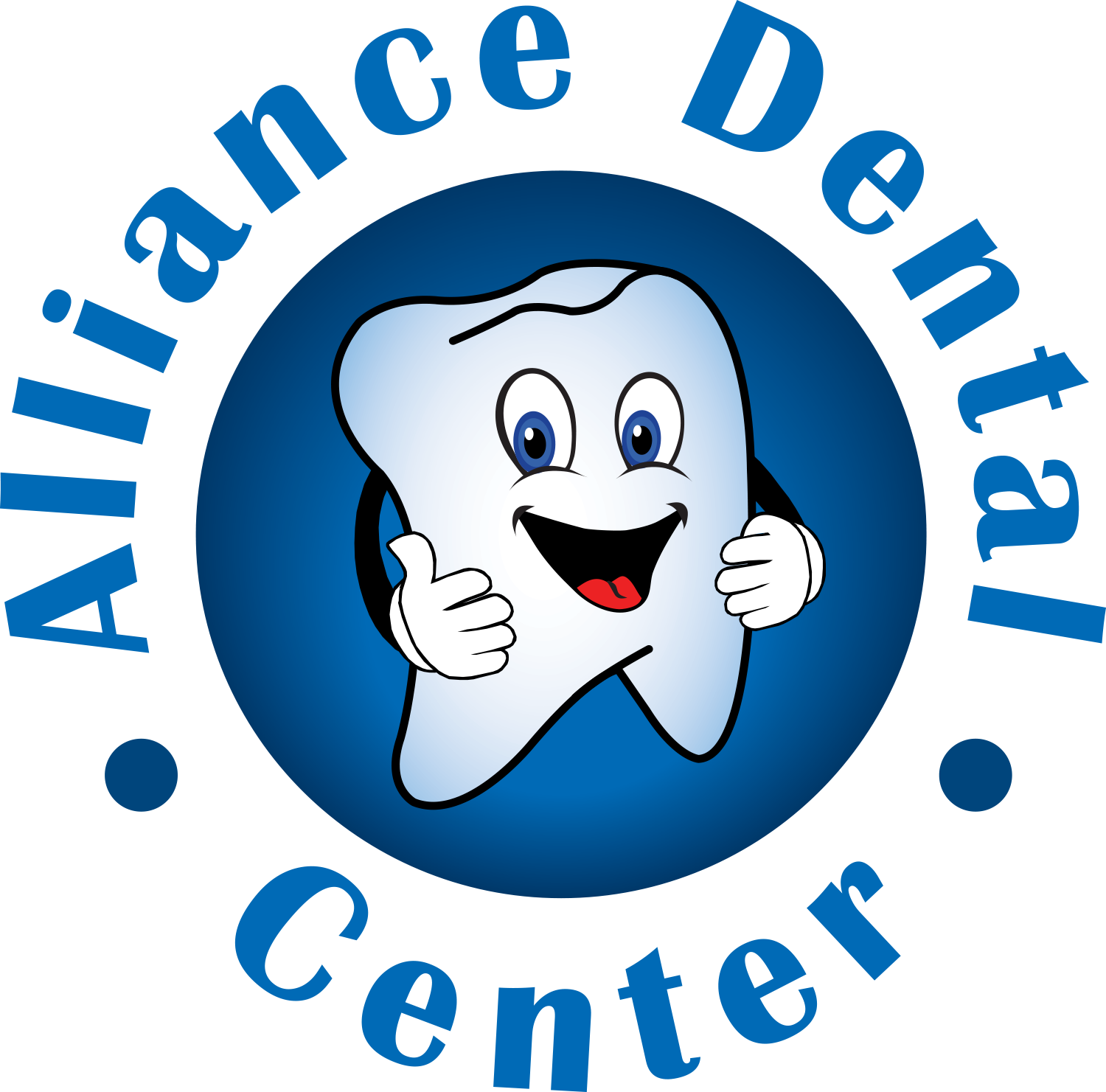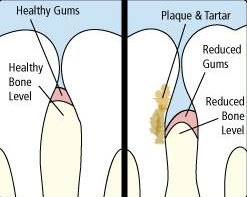There's a difference between a simple cavity and the kind of infection that requires endodontic (root canal) treatment, though. In the old days before modern advancements in dental care, it was the difference between keeping a tooth and having it extracted. Today, diseased teeth can often be saved, but not always. Before we talk about the consequences of delaying a root canal, let's take a look at the type of infection that requires endodontic treatment [source: ADA].
The exterior of a tooth is hard and looks pretty indestructible, but deep inside it has a spongy core made up of soft tissue called pulp that contains nerves and blood vessels. The pulp extends down to the base of the tooth. In a perfect world, the pulp should be safe inside its enamel reinforced exterior, but because the human diet can be high in foods that attract and nurture bacteria, the pulp can sometimes become compromised. When the pulp becomes infected or injured, it has no way to protect or heal itself. This means that if a dentist recommends a root canal procedure, there's no upside to postponing treatment. An infection in the pulpy core of a tooth won't get better. It will only get worse.
The destruction of the pulp inside a tooth can result in tooth loss. Delaying treatment can also lead to an abscess near the root or tip of the tooth that can be excruciatingly painful, cause swelling of the face or neck, lead to bone loss in the jaw, or actually create a hole in the gum or cheek area that will leak pus and other fluids.
There's something else to consider, too. Postponing a root canal procedure can also lead to a serious condition called septicemia, a localized infection (like an infection inside a tooth) that spreads to other areas of the body like the heart, brain or lungs. Although rare, septicemia can be life threatening.













